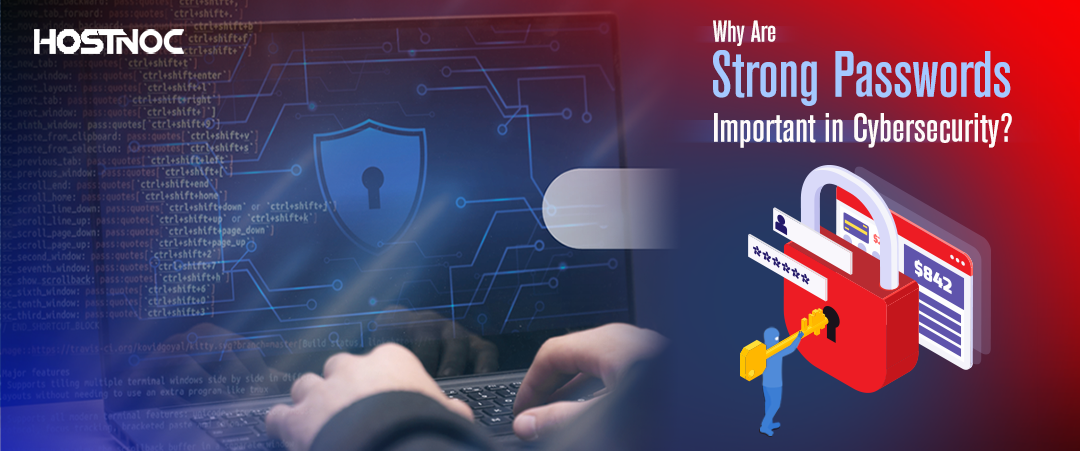Blogs

Getting a Grip On Website Speed Optimization With Shay Toder
September 2, 2020
The Only Guide You Will Ever Need to Install WordPress on Virtual Private Server
September 25, 2020When you were a kid, you might have heard your parents say, “grow up and be more mature.” Yes, most of us might not have understood what our parents said back then, but our parents know the importance of developing maturity in their children. As we age, we started understanding the true meaning of maturity and started comparing it with intelligence and wisdom.
We saw the word “maturity” being thrown around frequently even when we entered our professional lives. Whether it is methodologies, rating scale or processes, they all share one thing in common, the word “maturity” Same goes for cybersecurity as well.
According to a cybersecurity survey, only 57% of IT security and operations decision-makers termed their agency’s cybersecurity functions as “mature.” There are two main reasons for lower cybersecurity maturity in organizations.
- Budget constraints
- Lack of faith in the team’s ability
With cybersecurity costs are going up and budgets shrinking, it becomes tough for cybersecurity teams to function properly. Then there is a lack of trust in the team’s abilities, which prevents C-suite executives from taking the cybersecurity team’s suggestions seriously.
An even bigger problem is the reliance on wishful thinking, flawed statistics and surveys when accessing the cybersecurity maturity of an organization. If that is not enough, the organization’s responses to findings are either misunderstood or not taken seriously, which complicate things even further.
In this article, you will learn about five effective ways to enhance the cybersecurity maturity level of your organization.
1. Create a Culture of Cybersecurity Awareness
The first thing you need to do is to create a culture of cybersecurity awareness in your organization. Without it, your company can never achieve cybersecurity maturity. You should have a comprehensive cybersecurity program that considers the cybersecurity risk linked to different stakeholders, such as employees and vendors.
Research has also shown that careless and uninformed insiders are the biggest threat to an organization. To combat that, you need to increase the cybersecurity awareness of your employees, so they do not fall into those two categories. Following the best practices can make a massive difference to your organization’s cybersecurity posture.
2. Prioritize Endpoint Security
As the digital ecosystem continues to grow, so does the number of endpoints, services, and reliance on the cloud, which will put more pressure on cybersecurity teams. With remote work and bringing your own device trend gaining momentum, endpoint security becomes a costly and difficult endeavor.
The best thing you can do to overcome this challenge is to assess the risk profiles of different endpoints. This will give security professionals useful insights about critical assets that they need to protect, such as the best dedicated server. They can also use existing security capabilities to protect less critical assets and won’t have to invest in new security solutions, which saves a lot of money while ensuring that there are no blind spots within the company.
3. Investing in Best Solutions Does Not Translate into Maturity
Another misconception most businesses have is that acquiring and understanding security solutions and tools can drastically improve your cybersecurity maturity. Most enterprises invest in cybersecurity solutions equipped with features that they don’t need, rarely use or worst never use. This put a huge dent on the already constrained cybersecurity budget, which can negatively impact the cybersecurity maturity of your organization.
Businesses need to prioritize cybersecurity investment and take a risk-based approach so they can efficiently plug in the gaps and fix the vulnerabilities. Many cost-effective solutions can also improve the cybersecurity maturity of your organization, which clearly shows that you do not need the most expensive solution to achieve your cybersecurity maturity goals.
4. Harness the Power of Automation
Another great way to boost your cybersecurity maturity is to embrace automation. With artificial intelligence and machine learning on your side, security teams can achieve more with fewer resources. It can also reduce the burden of the shoulders of security teams by automating tasks such as identifying threats, detecting suspicious behavior, and managing and blocking attacks before the damage has been done.
As artificial intelligence and machines gain traction in cybersecurity, we will see cybersecurity agencies transform their architecture to respond to modern threats. Machine learning and artificial intelligence will impact cybersecurity in more ways than we can think of in the future.
5. Checking Boxes is Not Enough
Most businesses think that they have done their job and are on the safe side after deploying the latest security technologies or training employees but what they don’t realize is that everything from IT environments to risk tolerance to threats evolves over time. As a result, organizations need to improve their cybersecurity program to overcome these issues constantly. Religiously follow maturity model guidelines and cybersecurity framework to achieve desired outcomes.
How do you take the cybersecurity maturity level of your organization to the next level? Feel free to share it with us in the comments section below.
Featured Post
IBM Unveils Solutions To Automate Security Operations
At RSA Conference 2025, IBM announced a significant expansion of its managed detection and response (MDR) services with the introduction of new agentic AI to automate […]
Why Are Strong Passwords Important in Cybersecurity?
Table of Contents The Role of Passwords in Cybersecurity Why Are Strong Passwords Important? Protection from Brute Force Attacks Preventing Account Hijacking Protecting Sensitive Information Safeguarding […]
7 Cybersecurity Trends for 2025 According to IBM
Table of Contents 7 Cybersecurity Trends for 2025 According to IBM 1. The Rise of Shadow AI 2. Identity Becomes the New Security Perimeter 3. Collaboration […]





